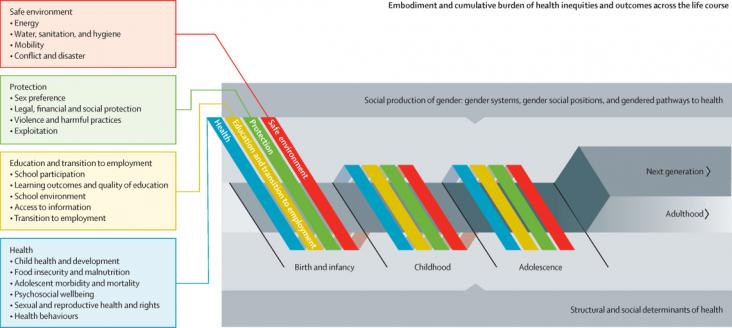With regard to computer abuse, the term "malicious insider" tends to be associated with male employees, likely because men commit more crimes relative to women.

Background: By adulthood, gender inequalities in health and wellbeing are apparent. Yet, the timing and nature of gender inequalities during childhood and adolescence are less clear.
In this brief perspective piece, a rural sexual assault nurse examiner (SANE) program is described in the hopes that dissemination will lead to increased numbers of rural SANEs, increased reporting of sexual assaults in rural and underserved communities, increased prosecution rates of sexual assault perpetrators, and program sustainability through the provision of a nurse-centered approach to training and support. This article contributes SDGs 3, 5, 9, and 16.
Contributing to SDGs 3, 5 and 16, this paper examines the demographic profile of female victims with intellectual disablities who were sexually assaulted and the characteristics of sexual assault.
Advancing SDGs 3, 5 and 16, this article discusses increased risk of family violence during COVID-19 pandemic and suggests that collaborations between human welfare and animal welfare agencies, expanding community partnerships, and informing the public of the great importance of reporting any concerns of abuse are all critical at this time.
Elsevier,
Jenkins et Al. Application of sex and gender health: A practical framework. In: Jenkins et al, How Sex and Gender Impact Clinical Practice, Academic Press, 2021, Pages 3-8.
This book chapter advances SDGs 3 and 5 by explaining that the use of a sex- and gender-based framework in the clinical practice of medicine will improve the care of both women and men, and likely have a positive impact on health outcomes.
Elsevier,
Oliver et al., Practice improvement through a sex and gender high-value healthcare model, In: Jenkins et al, How Sex and Gender Impact Clinical Practice, Academic Press, 2021, Pages 309-323.
This book chapter advances SDGs 3 and 5 by explaining that there is evidence that healthcare cost distress affects women disproportionately, and that one way clinicians can help combat the epidemic of financial toxicity is through the practice of high-value care, an approach that aims to improve patient health and well-being by reducing the costs of care and/or by improving patient outcomes.
Background: Research has revealed that survivors of childhood sexual abuse (CSA) have elevated sexual dysfunction and distress.
Background: Stay-at-home orders (lockdowns) have been deployed globally to control COVID-19 transmission, and might impair economic conditions and mental health, and exacerbate risk of food insecurity
Background: Stay-at-home orders (lockdowns) have been deployed globally to control COVID-19 transmission, and might impair economic conditions and mental health, and exacerbate risk of food insecurity
